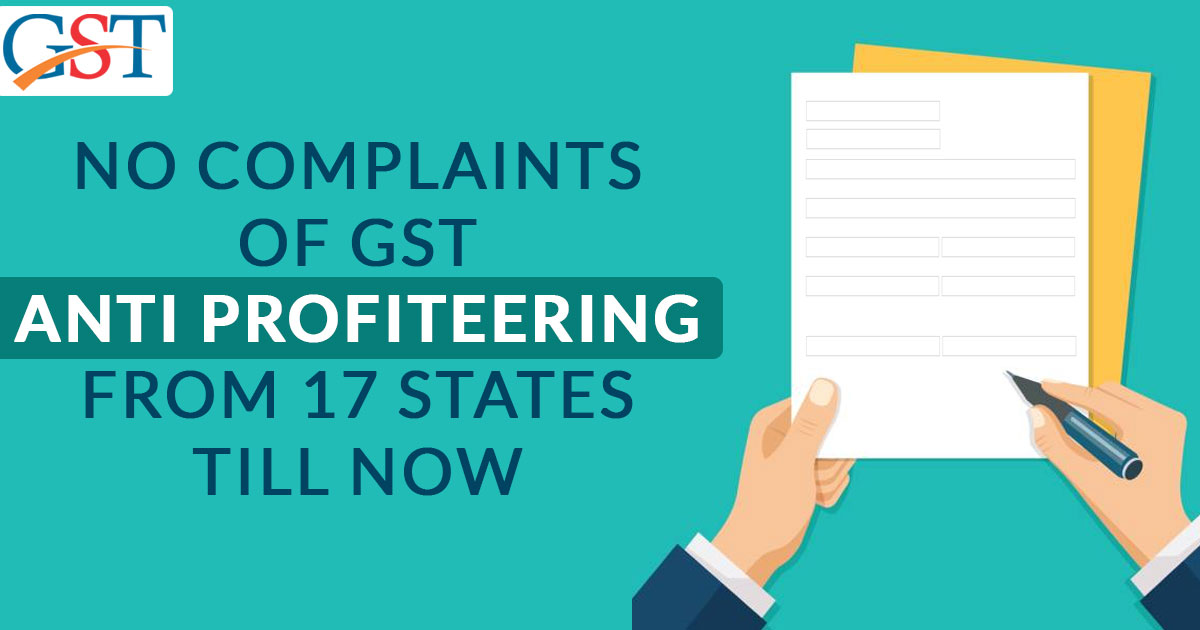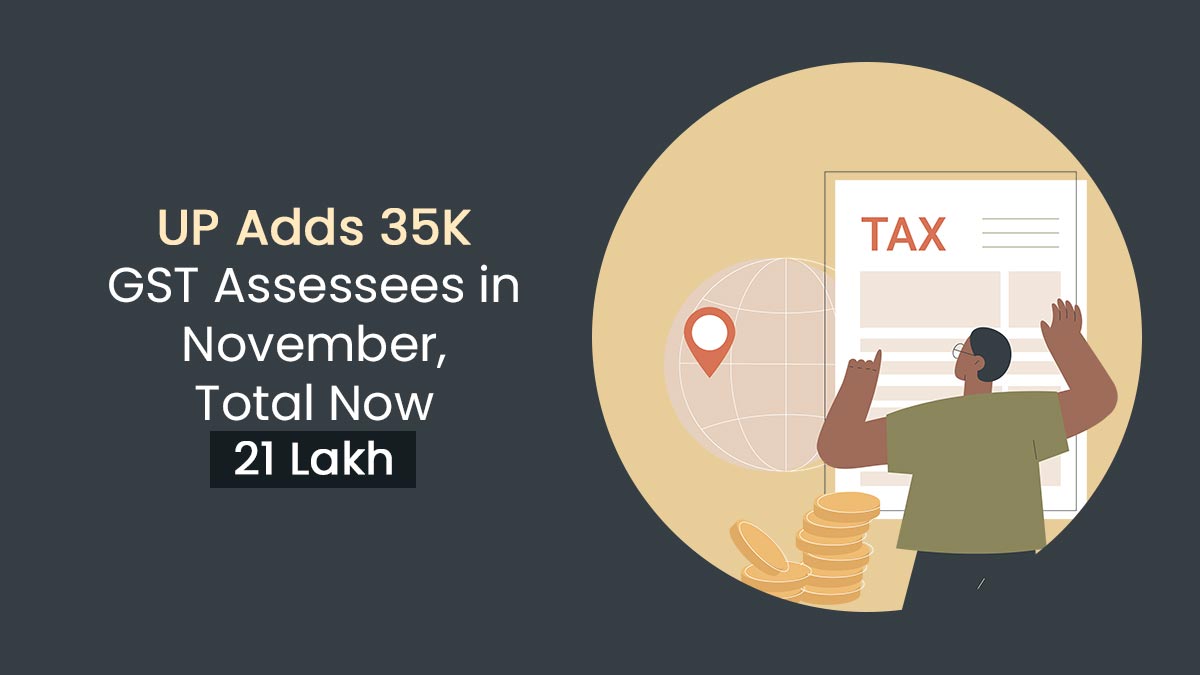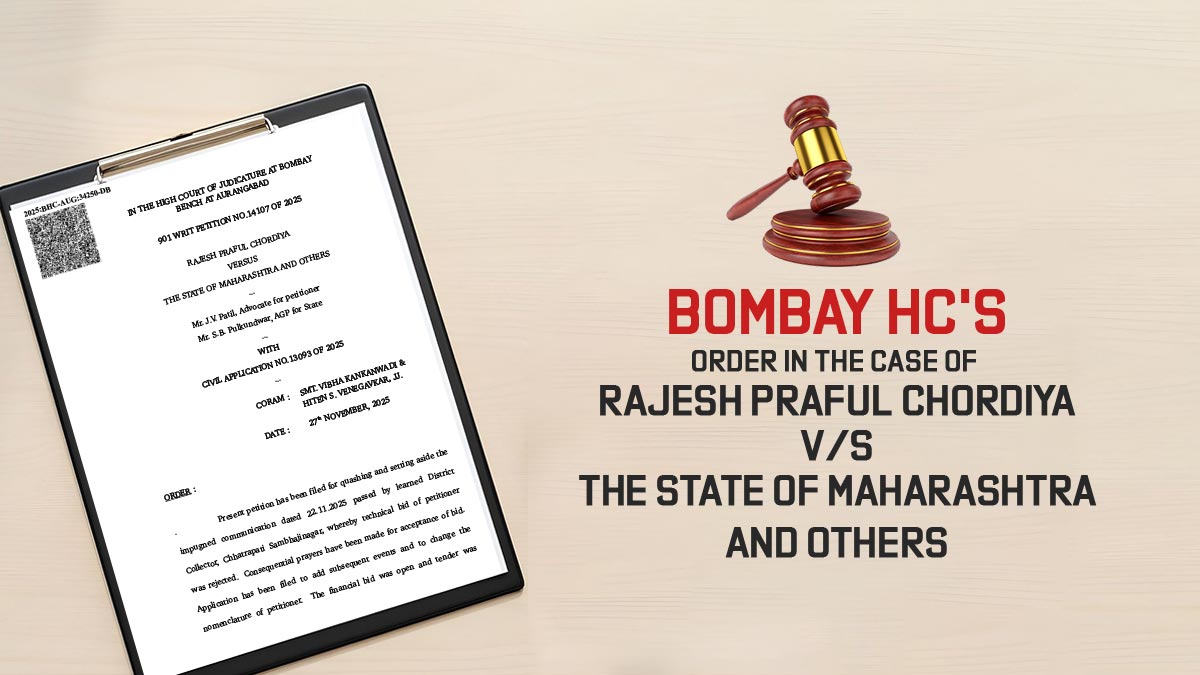
The NAA or National Anti-Profiteering Authority was set up with the sole purpose of ensuring benefits from GST rate reductions reaches the common taxpayer. However, contrary to popular and administrative expectations, not one complaint has been made in 17 out of 29 Indian States post the introduction of the new Tax regime.
Some are unimpressed by the brilliant report card though. Experts and tax officials look at the picture with a tinge of suspicion. While some claim that the system is leak proof, there are some who dought the awareness of the consumer. Most consumers are not learned enough to take up complaints and follow procedures with the NAA. Not just consumers, even states can file complaints suo moto to ensure fairness. However, with manufacturing hubs like Gujarat and Tamil Nadu reporting zero complains, a review of the working of NAA will better put forth the effectiveness of the body as well as clear any lingering questions raising doubts over the benefit distributions of GST rate reductions.
The General Agenda
Under NAA all 29 States and three Union Territories (Delhi, Puducherry, and Chandigarh) have individual screening committees. These screening committee act as the first point of contact for consumers. However, for some reasons, these front doors have received few complainants and in most cases none.
Although, Rule 128 of the CGST Rules 2017 grants power to one and all which includes any taxpayer or a particularly interested group or the Commissioner to file complaints, the Commissioner among all the more competent and authoritative structure to file complaints and expedite inquiry. Any misconduct or foul play can be detected during the effective date of rate reduction itself by the commissioner. A cross-check of invoices/bills made during the first level of distribution itself can go a long way in ensuring passing on of benefits to the end consumer. Hence, a proactive commissioner is the need of the hour rather than a proactive consumer.
However, the NAA’s current structure hinders this front door policing. In the words of an official, “There is no institutional mechanism of superintendence and administration of various layers, especially the States’ Screening Committees and the Standing Committee,”. The current arrangement hinders direct control as DG is one of the 10 CBIC members who report to the NAA Chairman. This cramps legislative intent. An arrangement in line with that of CCI seems a viable solution.
GST Rate Slashes
GST is only over a year old but it has till now witnessed lowered duties on 384 goods and 68 services. The experts and GST Council has hinted at more possible rate reductions in future provided the GST accrues continue growing and more formalization of the log foreign informal sector is possible. However, with states like Gujarat and Tamil Nadu, being trading and manufacturing hubs for over half a century now, reporting no foul play, some officials have raised questions of the efficiency of NAA’s state machinery. Time though will surely reveal any foul play. For the moment it seems that there has been no bypassing and all benefits have been trickled down to end consumers. Reportedly, 17 Indian states have reported no complaints with respect to benefits from GST rate reduction. 9 Indian states have registered at least one and five Indian States have reported more than one.
The Burdening Reductions
The GST rate reductions come at a cost and that cost is National Revenue. As per Union Mister and erstwhile Finance Minister India will incur a revenue loss of ₹70,000 crore due to the rate reductions. To ensure that the benefits are reflected at ground level, an upbeat and vigilant NAA at all levels (Central and State) is the need of the hour. A strong NAA will also set the future precedents for traders and companies post which the body will be dissolved upon completion of the NAA Chairman’s two-year term. The NAA has already written to CBIC earlier this month in this regard. Ths GST can also play a proactive rule during the remaining period of NAA by instructing their tax officials accordingly. A truly robust and consumer-friendly GST would definitely project the GST in good light.
For this to happen it is advisable that the GST Council and the NAA keep their eyes and ears open at current juncture in time where adjectives like ‘full-proof’ and ‘consumer friendly’ would too early to use for India’s new indirect tax regime.









